Panasonic LUMIX GH5 II Review and Mini Documentary
Music Courtesy of Epidemic Sound
The Panasonic LUMIX GH5 II (GH5M2) was announced at the end of May and we were lucky enough to take it for a short spin. From the outside, this new camera has the same shape and dimensions of its predecessor, the legendary GH5, but of course what is interesting is its image capabilities. Is the upgrade worth it? Can this camera sustain time? Like you, I was very curious to find the answers to my questions so I took it out to the field.
It’s the middle of June and the weather in Vienna/Austria is finally showing its friendly warm face. What this means for me is, that I have to concentrate twice as hard when writing a review as the urge to go out and “feel” the sun can prove hard to resist. Saying that, what could have really helped with getting me motivated is writing about a camera that “has changed the game”, but in this particular case, I guess that I’ll have to patiently wait for the GH6 as this might prove to be the “next best thing”! For now, let’s deal with “what is” and not with what “I hope to have on my table soon”…
I think there is no real need to introduce the immortal original LUMIX GH5 camera. When it was first introduced during Photokina 2016, it brought much to the table, especially video-wise, to a very affordable price. Now almost five years later, and this “ancient” camera is receiving an inner “facelift” (Or should I write “component/menu structure lift”). So in the end, it is very thoughtful of Panasonic to keep the outside shell intact as this can save potential customers some hard earned money, especially when it comes to peripheral components like cages, for example. Other than that, the internal changes bring better image quality (lens flares for example) and unity across the LUMIX line.
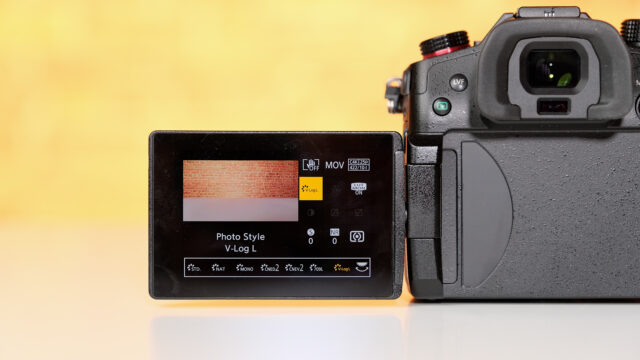
LUMIX GH5 II improvements in a nutshell (in no particular order):
- The GH5 II has a Micro Four Thirds sensor which partly resemblance to its’ predecessor (Pixel count for example), but the overall sensor architecture is different. Top it off with a newly developed Anti Reflection Coating and you will get an overall enhanced performance
- The Venus engine was replaced with the latest one, allowing the camera to easily receive future firmware updates
- The color science has been improved and updated to the latest Panasonic standards. Matching between other Panasonic cameras and the new GH5 II should be very easy
- The autofocus system has been updated to the latest AF algorithm
- Panasonic’s V-Log L is already installed and is not required as an additional purchase ($100 savings)
- The camera is now equipped with a newer, brighter LCD making it easier to work outdoors
- Being a camera, which focuses on the needs of content creators, a streaming capability has been added. Just install the yet to be released latest version of “LUMIX LIVE” and off you go with your mobile “streaming studio”…
- The camera menu has been updated and is now identical to the one found in all other recent LUMIX cameras. (Including the “Varicam-like” info screen)
- Cinelike D2 and Cinelike V2 picture profiles
- Internal 4K/60p 10-bit 4:2:0 recording is now possible
- 4:3 Anamorphic aspect ratio mode a la GH5 but with new enabled Anamorphic image stabilization function
- Updated stabilization performance (works like a treat).
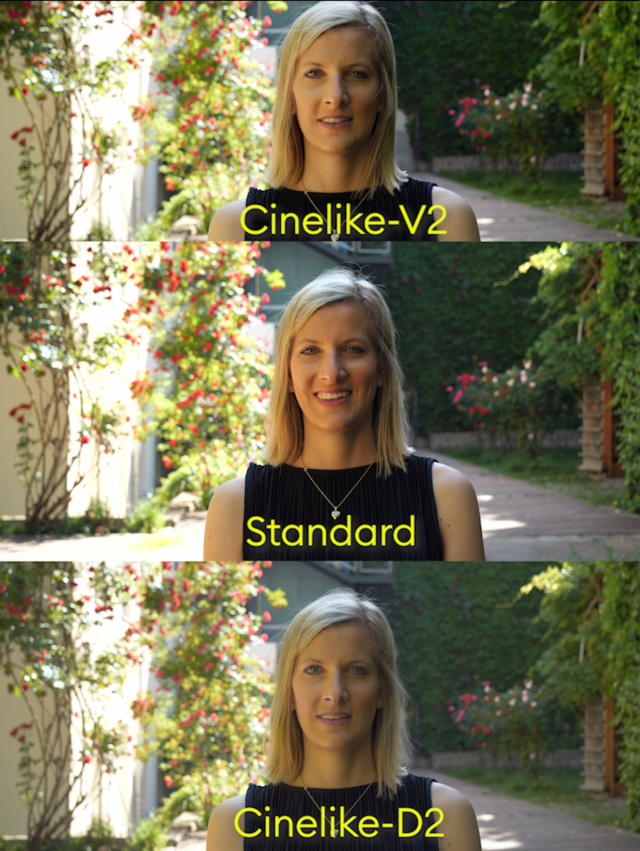
With so many improvements I was looking forward to playing with the camera and putting it through its paces by producing and filming a short mini-documentary as per my understanding, there is no better way to judge how a camera performs but in the (battle) field….
Panasonic EVA1 Camera Primer
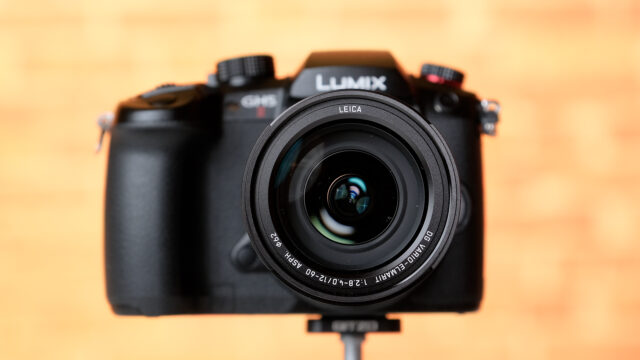
In the Field
Armed with the new LUMIX GH5 II and the supplied Panasonic 12-60mm f/2.8-4 kit Lens, I joined Heather Tan, a young director from Singapore who is currently studying at the University of Performing Arts in Vienna. It was during the day of her final yearly exam, when we teamed up. Needless to say, I was very thankful for the time we spent together, but not any less important, I was also astonished to see the level of production she and her production partner conductor Paul Boris Kertsman pulled together. After all, producing such an act during the pandemic is anything but easy. Last but not least, I was super excited to meet her fellow students. All of them are SUPER talented and I wish that I could have given them even more “stage time”.
Now back to the camera itself. While the Panasonic LUMIX GH5 II is one of those rare cameras that allows you to comfortably work with an anamorphic lens attached to it, I chose to work together with the kit lens, although I knew that I’m already sacrificing my ambition to come up with a satisfying “cinematic look”. My reason was simple: I wanted to be able to react fast when action was happening and at the same time, see how well the updated stabilization and autofocus system were working. Choosing to work with the supplied kit lens also meant to expect some issues when filming in lowlight. Don’t get me wrong. A lot is doable, but with a f2.8-4.0 lens the flexibility is limited and more often than not, I did find myself wishing to achieve a cleaner high ISO image.
OK, as a positive person, let me concentrate for a second on what worked well…I really like the improved stabilizing system. Standing or walking, it works nicely. (All the above footage in the mini documentary but the interview with Heather was shot handheld). I also salute Panasonic for adding a dedicated stabilization mode when working with Anamorphic lenses. Very useful.
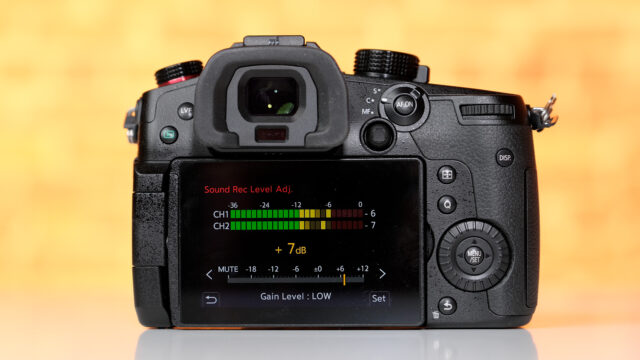
Now, what I wish that could be improved is:
- Better quality EVF. Now that we are moving forward with filming at a higher resolution, clear image inside the EVF to judge focus is essential.
- Panasonic tried but, in my opinion, did not really succeed in distinguishing between three widely used buttons. Those customizable buttons located at the top part of the camera above the record button have a slight “feeling different” to them when touched but not enough to be sure what actually is being pressed when running and gunning. I hope I’m clear about this. When following a talent, the last thing you need is hesitation concerning “what and where to press”. (In my case, those buttons were assigned to control ISO/WB/Audio recording levels
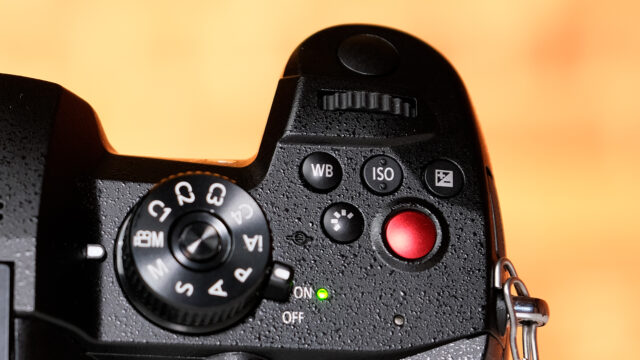
- Another (small) operational obstacle for me is the need to confirm audio levels when changing them. Apparently it is not enough to dial up or down the desired levels as an extra step of confirmation is needed. Staying on the subject of audio, no “auto audio level” is possible with this camera. Since “solo users” are targeted with this camera, I strongly advise to put this in the audio menu.
- To my knowledge, Panasonic was the first one to introduce the “Red record frame”. While this is truly great, I found myself pressing the REC button but not recording more often than once (and noticing it too late). Since I don’t want to “blame” the rather plasticky REC button, may I suggest the appearance of a red REC symbol for a split second at the center of the frame….
- In all honesty, it is an open question for me to why Panasonic did not go with a more sensitive sensor on this camera as it was a “golden opportunity” to combine both, excellent stabilization capabilities and low light performance
- One issue I have across the LUMIX line is the ability to get nice skin tones. Yes, I’m not a qualified color grader, yet, from all the leading camera manufacturers it is Panasonic whom I’m struggling with most. (Kind of a hit and miss situation). Even when using Panasonic’s own LUT the “Nicest 709”, skin tone is still much too red to my taste. It could have been great if Panasonic would consider updating their free LUT selection with some newer LUT files that would be beneficial for many.

Autofocus Performance
It is no secret that LUMIX cameras are very popular among fellow filmmakers and content creators, but at the same time, it could have done even better (sales wise), if autofocus performance in video mode was more robust. Panasonic is doing their best to constantly improve the way the camera identifies objects and lock on them and with this camera, like with their other recent models, there is a positive progress but consistency in performance is not always there. Not sure if all are aware, but regardless to the manufacturer or specific camera, autofocus performance is NOT equal in all resolutions and frame rates and a you can imagine, I did not have the ability to test it all but from working with the camera it seems as if in C4K/25p and C4k/50p it works mostly well. It’s more about gaining “autofocus trust” as at times, the camera will change focus to a face or group of people unintentionally.
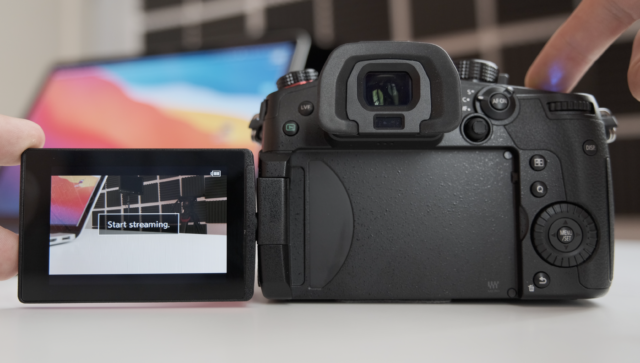
Streaming Capabilities
We were given access to an early version of the new LUMIX LIVE Software and App and while it was challenging (and not successful) to connect the camera to a mobile phone via the supplied App, it was extremely easy to do this via the laptop. Simply add your “Stream URL” and “Stream Key” and save the data to an SD card. Insert the SD card to the camera and allow it to retrieve the information from there, and basta (“That’s enough” in Italian)… Needless to say, a strong enough and stable wifi signal is needed in order to allow flawless broadcasting. Back to the App, Panasonic assured us that by the time the camera is out the operation of the App will be very simple and certified by Apple, too.

Conclusion
The Panasonic LUMIX GH5 II is a fine camera but in order to understand the full picture I think it is valid to ask, who is this camera actually for and why was it born? When it comes to operating, if you are a LUMIX user, this updated camera version of the legendary GH5 will make you feel right at home. Footage wise, it will be very easy to combine what ever comes out of it with other existing modern cameras from the LUMIX line, so if you are already invested with Panasonic, it is rather easy to establish the value of adding this camera to your equipment arsenal. Now, if you are starting from scratch, it’s an entirely different story. If you are a content creator, who relies on YouTube to share your creation this camera can become an essential tool in your production, but if this is not the case, the competition gets even stiffer as Panasonic themselves have their own capable full frame LUMIX S5 camera (see our full review here) for the exact same price. Looking at what the neighboring companies are offering, the FUJIFILM X-T4 is an excellent “timeless” APS-C sensor size camera, that can be purchased at the same price too. (See our review here and mini documentary here). So at the end, it all boils down to what you do and how you use your camera. For me personally, as much as I appreciate what Panasonic did here, as a documentary filmmaker, on paper the upcoming GH6 might be more appealing as I currently have very little use for live streaming. One other thing should not be overlooked: if you are working for/with a broadcaster, this compact camera can be an ideal solution when filming news and live “reporting stand ups”. A mobile phone and a good network connection might be all you need for it, as the combined overall camera capabilities and price can’t be beat.
Do you have an interest in taking a closer look at the new Panasonic LUMIX GH5 II? Do you work with Panasonic cameras? Please share your thoughts with us in the comment section below.






























